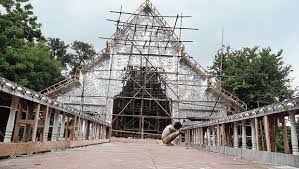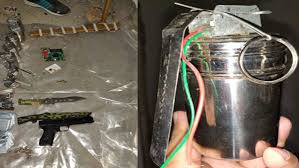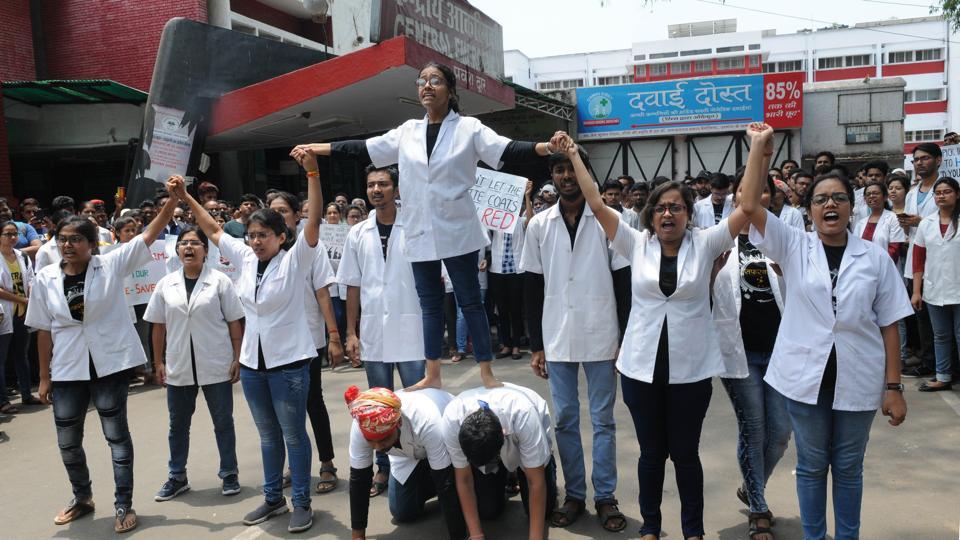After Owaisi, Mamata Fumes Over Jharkhand Disom Party’s ‘Efforts’ to Boost Tribal Support for BJP in Bengal.
Source – news18.com Kolkata: A day after slamming Asaduddin Owaisi’s party for dividing the Muslim votes in Bengal, Trinamool Congress chief […]







